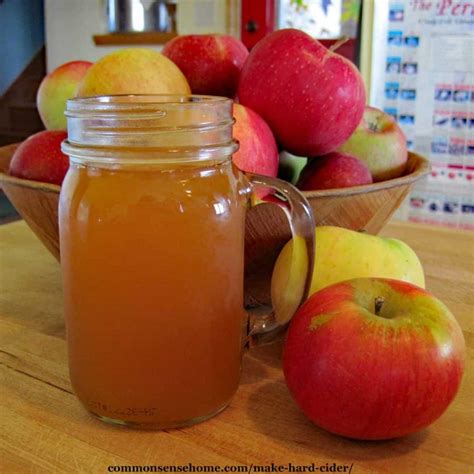How to Make Hard Cider: A Beginner's Guide to Brewing Your Own
Making your own hard cider is a rewarding experience, allowing you to craft a delicious and unique beverage tailored to your taste. This comprehensive guide will walk you through the process, from selecting apples to bottling your finished product. Whether you're a seasoned brewer or a complete novice, this step-by-step approach will help you brew your own batch of hard cider.
Choosing Your Apples
The foundation of any great hard cider is, of course, the apples. Not all apples are created equal when it comes to cider making. Sweet apples provide the necessary sugar for fermentation, while tart apples contribute complexity and balance. A blend of different apple varieties is generally recommended for the best results.
Apple Variety Considerations:
- Sweet Apples: These contribute the sugar needed for alcohol production. Examples include Gala, Fuji, and Golden Delicious.
- Tart Apples: These add acidity and complexity to the final product. Consider Granny Smith, Braeburn, or Pink Lady.
- Bittersharp Apples: These offer a balance of sweetness and tartness. Look for Dabinett, Kingston Black, or Yarlington Mill.
Pro Tip: Aim for a mix of at least three different apple varieties to achieve a well-rounded flavor profile.
The Cider Making Process: A Step-by-Step Guide
This section details the process of making hard cider. Remember to always sanitize all equipment to prevent unwanted bacteria or wild yeasts from spoiling your batch.
1. Milling and Pressing the Apples
- Milling: Crush your apples using a food mill or similar device to break them down into a pulp. This process increases the surface area for juice extraction.
- Pressing: Use a cider press (or a robust cheese cloth method) to extract the juice from the apple pulp. The goal is to obtain as much juice as possible without introducing excessive sediment.
2. Fermentation
- Yeast Selection: Choose a yeast strain specifically designed for cider fermentation. Different yeasts will produce varying flavor profiles. Many cider making supply stores offer specialized cider yeasts.
- Primary Fermentation: Add your chosen yeast to the juice, ensuring proper sanitation. Allow the cider to ferment in a sealed fermenter at a consistent temperature (ideally around 65-70°F or 18-21°C) for several weeks. This is where the sugar converts into alcohol.
- Secondary Fermentation (Optional): After primary fermentation, you can rack the cider to a secondary fermenter to allow for further clarification and aging. This often helps to reduce sediment and improve the cider's clarity.
3. Bottling and Aging
- Bottling: Once fermentation is complete, bottle your cider, ensuring proper sealing to prevent oxidation. Adding priming sugar (a small amount of sugar) before bottling will create carbonation.
- Aging: Allow your cider to age for several weeks or even months. This period allows the flavors to meld and mature. The longer you age it, generally the smoother and more complex the flavor will become.
Troubleshooting Common Issues
- Cloudy Cider: This is often due to insufficient clarification during fermentation. Consider using finings or letting the cider age longer.
- Off-Flavors: This can result from poor sanitation or improper fermentation temperature. Always prioritize hygiene and maintain consistent temperatures.
- Stuck Fermentation: If fermentation stops prematurely, you may need to adjust temperature, add more yeast nutrients, or ensure sufficient sugar levels.
Tips for Success
- Sanitation is Key: Thoroughly sanitize all equipment before use.
- Temperature Control: Maintain a consistent fermentation temperature.
- Patience is a Virtue: Allow ample time for fermentation and aging.
- Experiment with Flavors: Once you've mastered the basics, try adding fruits, spices, or honey to create unique cider variations.
Making hard cider is a journey of experimentation and discovery. By following these steps and paying close attention to detail, you'll be well on your way to crafting your own delicious, homemade hard cider. Cheers to your brewing success!
